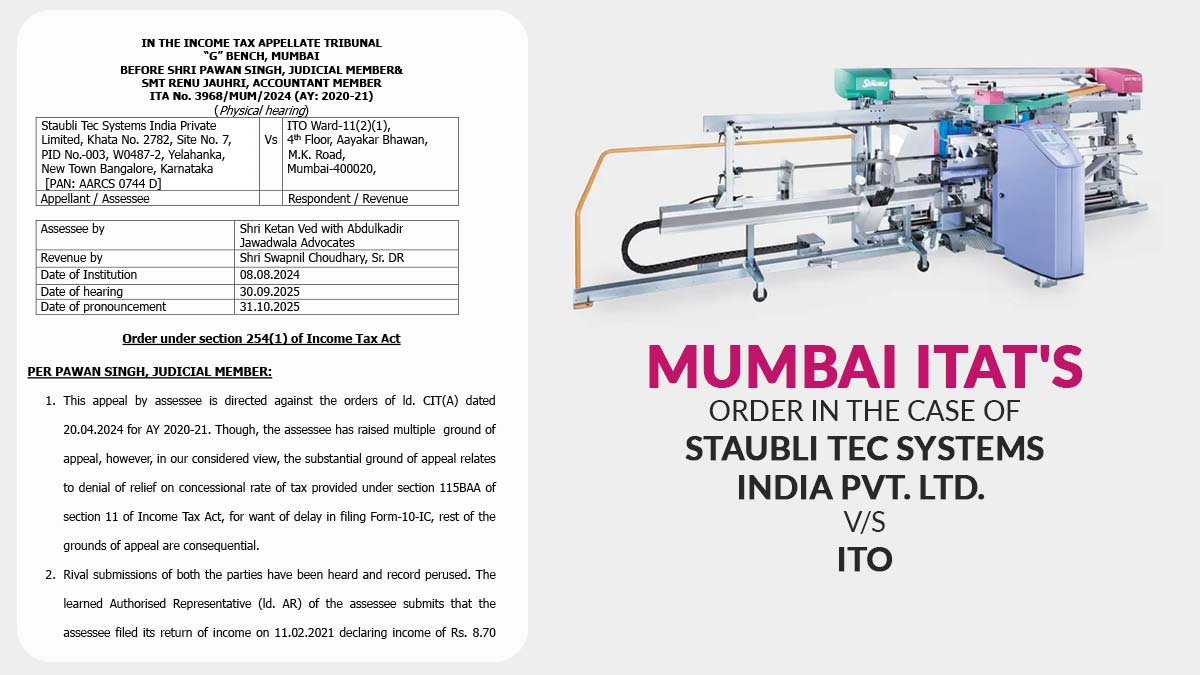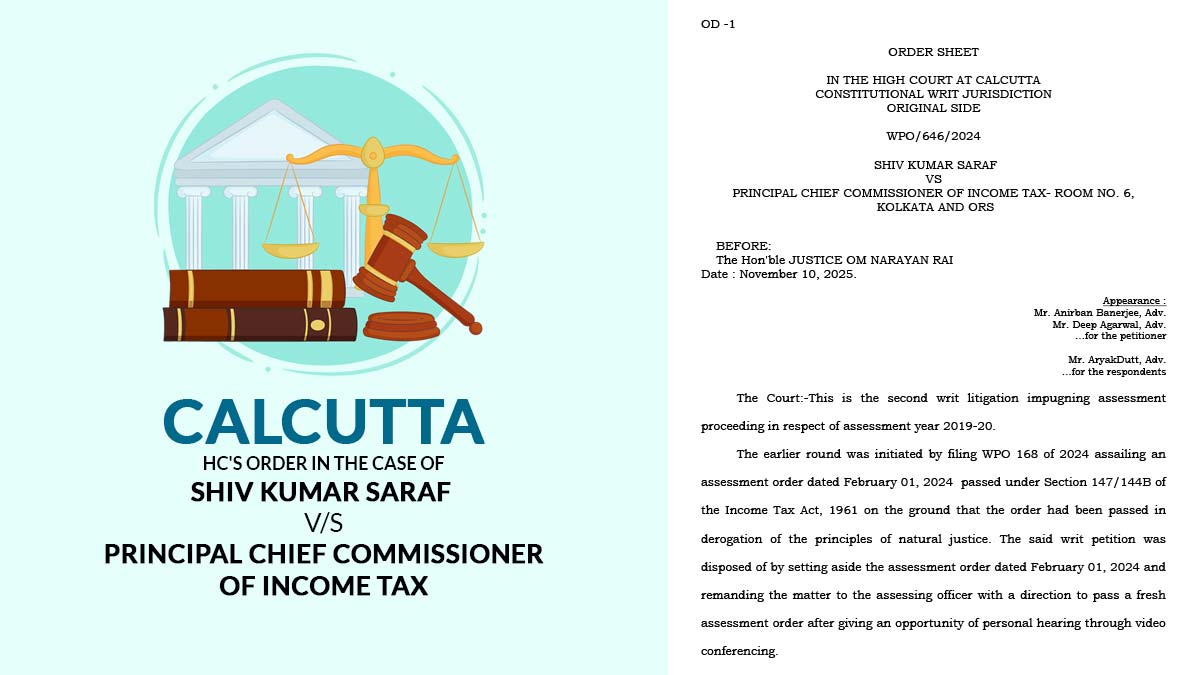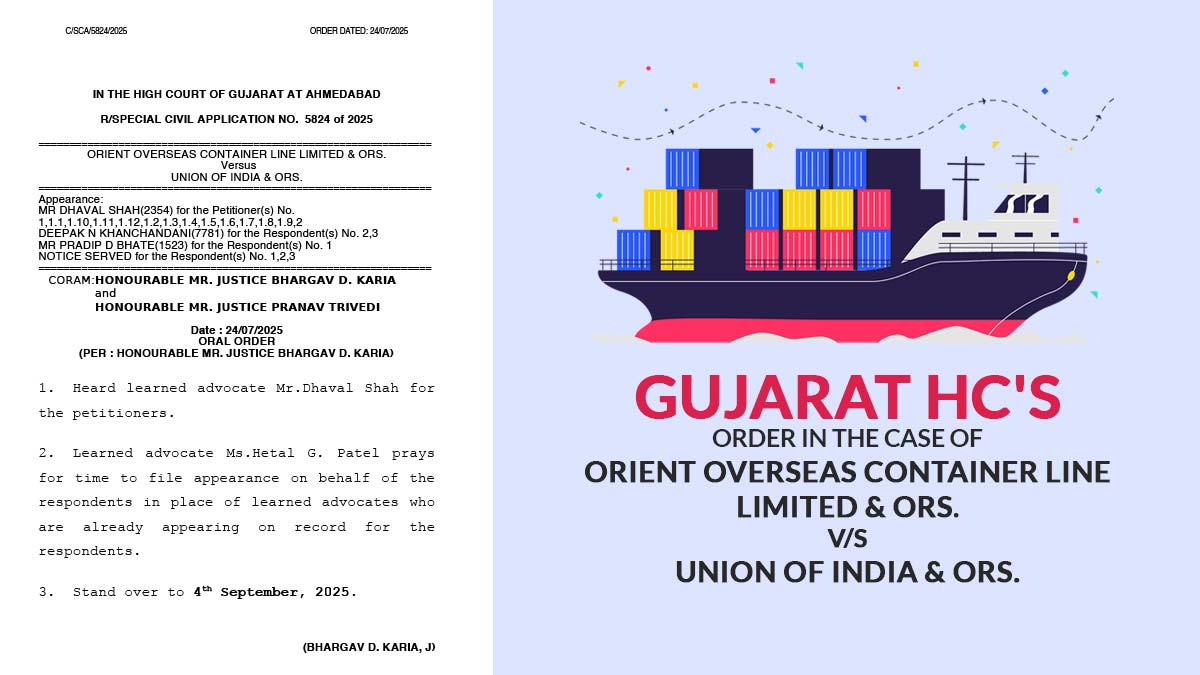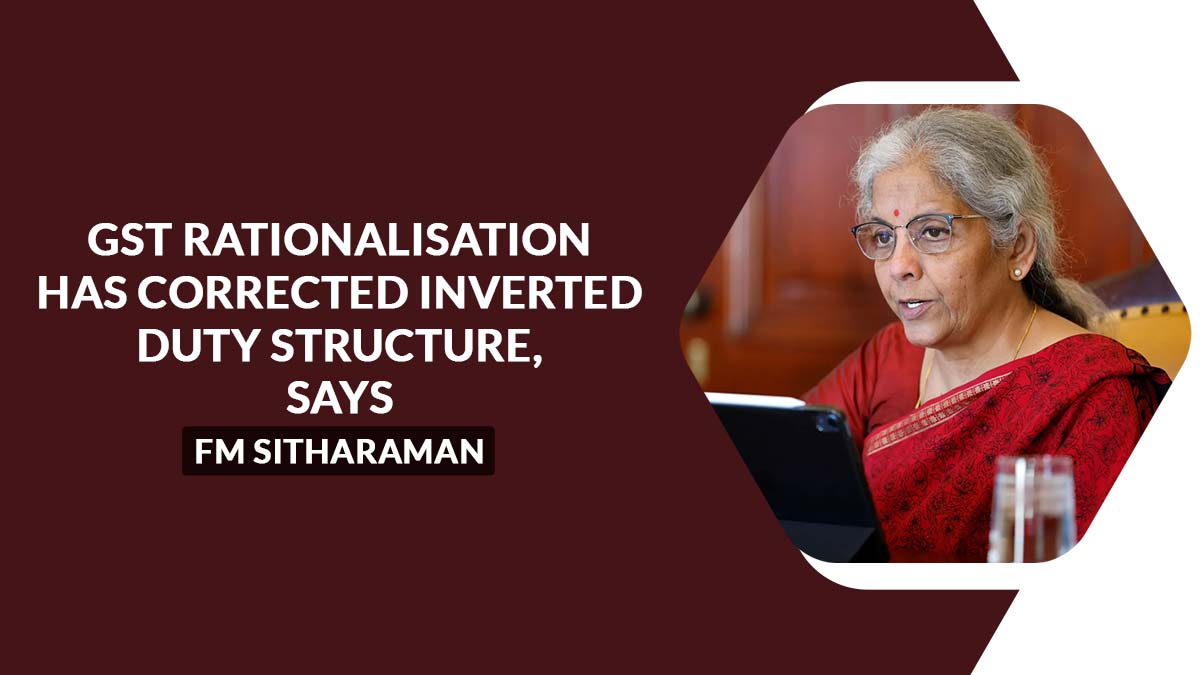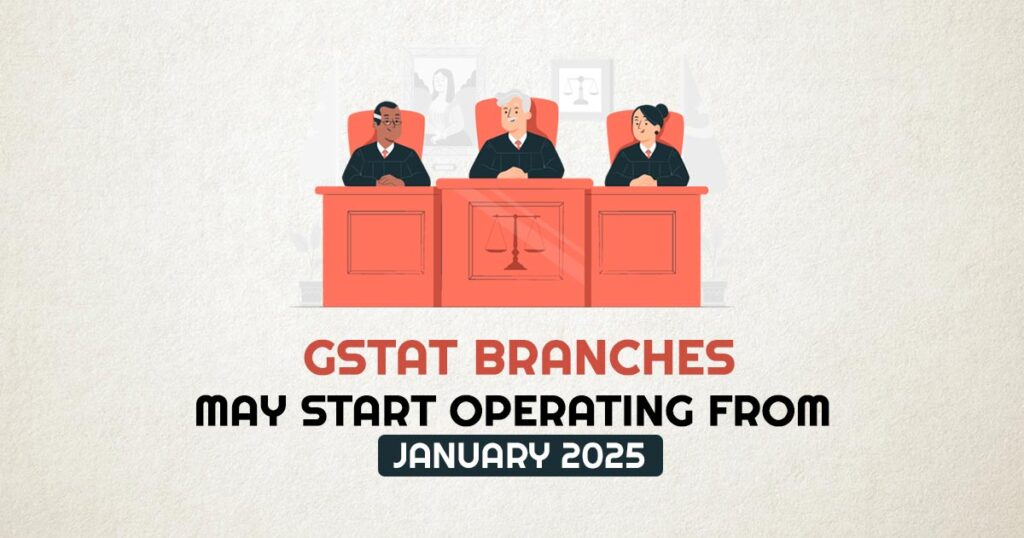
The government has the objective to operationalize all the benches of the GST Appellate Tribunal (GSTAT) by January 2025, as it seeks to ease the significant backlog of pending GST-related disputes at the appellate level. The principal bench of GSTAT, in New Delhi, is anticipated to start operating in July.
Finance Minister Nirmala Sitharaman administered the oath to Sanjaya Kumar Mishra, former chief justice of Jharkhand High Court, as the President of the GSTAT. The appointment of Mishra specifies the start of the operationalization of the Goods and Service Tax Appellate Tribunal (GSTAT), a resolving body that is essential.
Central GST authorities raised as many as 14,227 appeals against disputed tax demands pending as of June 2023. The finance ministry said to the Parliament.
To boost the confidence of the taxpayer the expeditious operationalization of GSTATs is important. The same shall reduce the litigation time and costs since various taxpayers were approaching the High Court for relief in the absence of the functionality of the GSTAT and the court has refused to hear these cases many times.
GSTAT is the appellate authority that was established under the Central GST Act of 2017. Its purpose is to hear appeals against orders made by the first appellate authority. It has a Principal Bench located in New Delhi, as well as several state benches. The government has notified a total of 31 state benches, located in various positions across the country, as approved by the GST Council.
The appointment procedure of the judicial members and the technical members is under process. Judicial members subjected to GSTATs are individuals with a background in law and judicial experience, usually serving or retired judges.
They render the role of providing legal expertise, interpreting laws and regulations, and ensuring that appeals are adjudicated in accordance with legal principles and precedents. Technical members are experts in fields like taxation, finance, accounting, or economics.
They contribute to the deliberations of the tribunal, proposing information on the technical aspects of GST laws, calculations, and industry practices. A comprehensive and balanced approach to fixing GST-related appeals needs to be ensured by the combination of judicial and technical expertise within GSTATs. the speed of appeal resolution could be increased by GSTAT through executing the appeal processing and via leveraging the technology to facilitate the chores of administration and electronic communication between the tribunal, appellants, and tax authorities. In between the current procedure of GSTAT appointments, the government is required to clarify that the limitation duration to file the petition shall not lapse.
It was defined as per the CGST (9th Removal of Difficulties) Order 2019 that the limitation period for filing petitions before GSTAT will start from the date the president of the GSTAT “enters office”.
One could conceivably contend that the president of GSTAT has ‘entered office despite the appointments of other Judicial and Technical Members (as well as the requisite physical and IT infrastructure) staying pending. Until the GSTAT starts working at the earliest, limitation periods for furnishing petitions can technically expire leading to stress for taxpayers and avoidable litigation.




